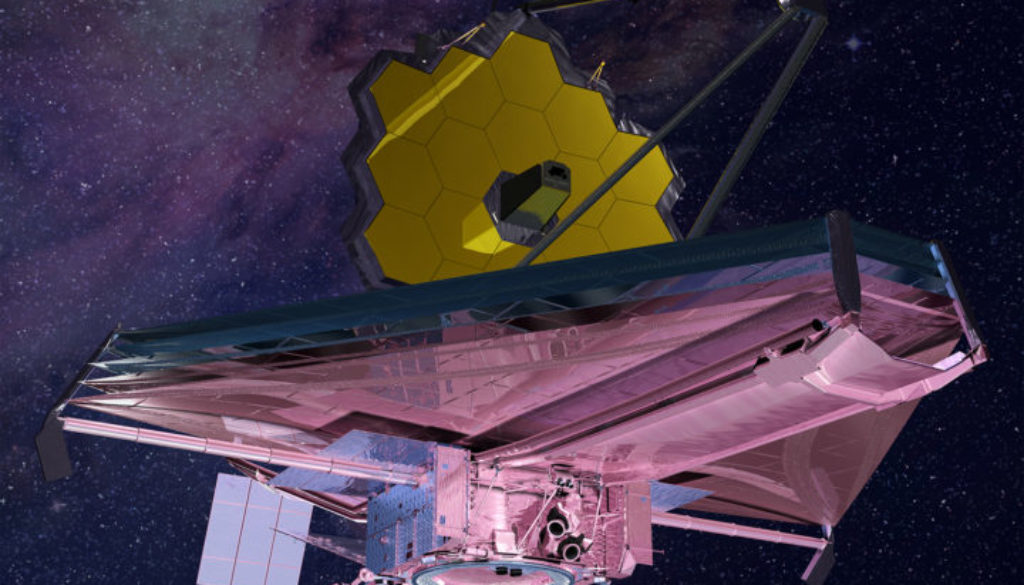Texas A&M Astronomer to Help Test Capabilities of Telescope His Faculty Chairs Namesake Helped Build
COLLEGE STATION —
Texas A&M University physics graduate Ralph Schilling ’68 has seen and done a lot of cool and cosmic things during his 34-year career spent creating and constructing space systems. For starters, his technical handiwork included contributions to two of NASA’s Great Observatories. As a science co-investigator for NASA’s High Energy Astronomy Observatories Program in the early 1970s, he helped develop gamma-ray telescope technology that was utilized for the Compton Gamma Ray Observatory. Beginning in 1980, his contributions to the Chandra X-ray Observatory spanned the entire development cycle of that system, from conceptual design and technology development through its insertion into high elliptical earth-orbit to initiate the observing program.

Texas A&M former students Ralph and Marsha Schilling (center), were honored by then-Dean of Science H. Joseph Newton (right) and Director of Development Michael Morelius ’98 (left) with a plaque recognizing their 2013 gift to establish the Marsha L. ’69 and Ralph F. Schilling ’68 Chair in Experimental Physics, jointly held by Texas A&M astronomer Casey Papovich and Texas A&M nuclear physicist John Hardy. 
Dr. Casey Papovich 
Once launched into space, the Webb telescope’s 18-segmented gold mirror is specially designed to capture infrared light from the first galaxies that formed in the early universe and will help the telescope peer inside dust clouds where stars and planetary systems are forming today. (Credit: NASA / Desiree Stover.)
The post Texas A&M Astronomer to Help Test Capabilities of Telescope His Faculty Chair’s Namesake Helped Build appeared first on College of Science.



